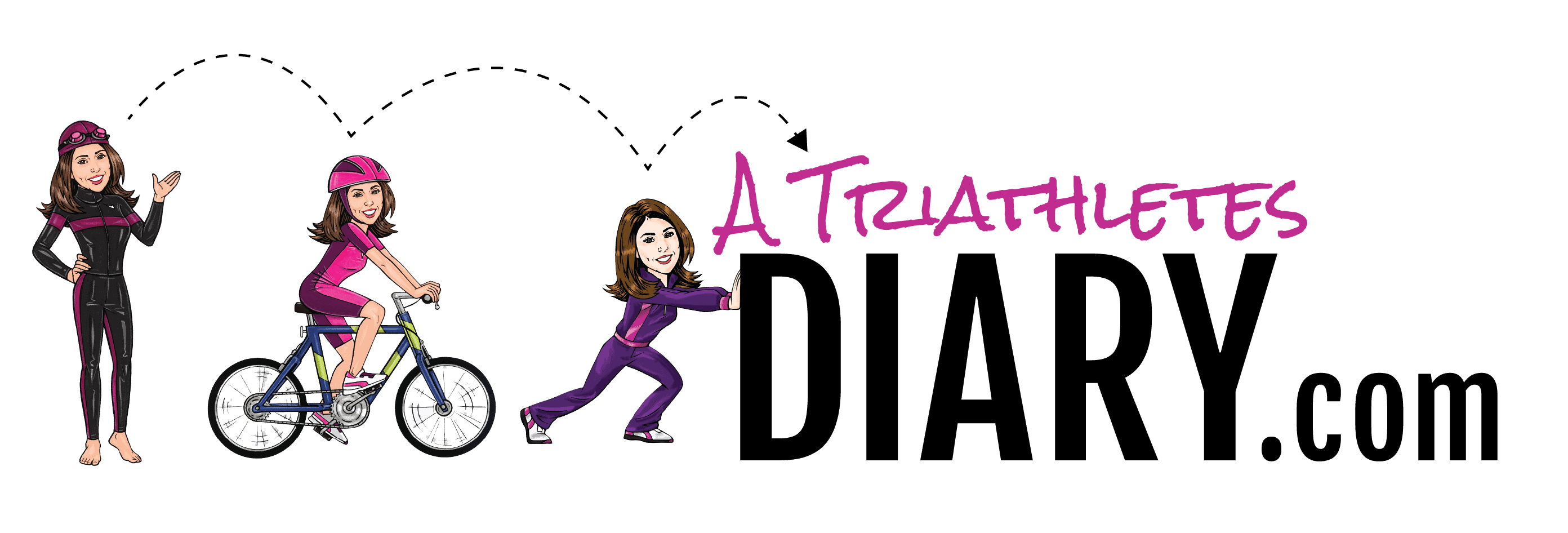If you work with a coach or you don’t, you should know about the concept of training zones. Some of you work with a Heart Rate monitor and a smartwatch, while others may have no data sources just their rate of perceived effort (RPE), which means how hard it feels to you. Your training zones are target ranges (of heart rate, pace, perceived exertion, or watts) used for workout intensities.
Here is it spelled out:
Zone 1: Aerobic Recovery Zone
Is at a conversational pace. It’s 65 – 70 percent of your maximum (max) heart rate (HR). The RPE is 4 -5 out of a scale of 10. Duration: minutes to hours
Zone 2: Aerobic Training Zone
This is also at a conversational pace but a little more intense with 70-80% max HR. This would be a 5 – 6 RPE. Duration: minutes to hours
Zone 3 (Sweet Spot): Lactate Threshold Zone
This is an all-out pace. It would be 80 – 90 percent of max HR. RPE is 7 to 8. Duration: 20 – 30 minutes with variations. The goal here is to push the pace.
Zone 4: Critical Zone (Race Pace)
This would be a pace that can be sustained for 10 to 60 minutes, perfect for a 5K, 10K, 15K. 80-95% Max HR. 8-10 on the RPE scale. Duration: 30 seconds to five minutes.
Zone 5: VO2 Max Zone
Pace for only eight to 10 minutes, 91 – 100 percent of your Max HR. RPE would be a 9 or a 10. Duration: 30 seconds to five minutes with variations.
Zone 6: Anaerobic Zone
You can run this for only three to fifteen seconds. Runners who use this zone are sprinters. RPE is a 10 out of 10. Duration: 300-600 meters on the track. (You can only sustain this for a few seconds)
—–
Knowing this, what should be your training zone? Comment below to win a free prize.


